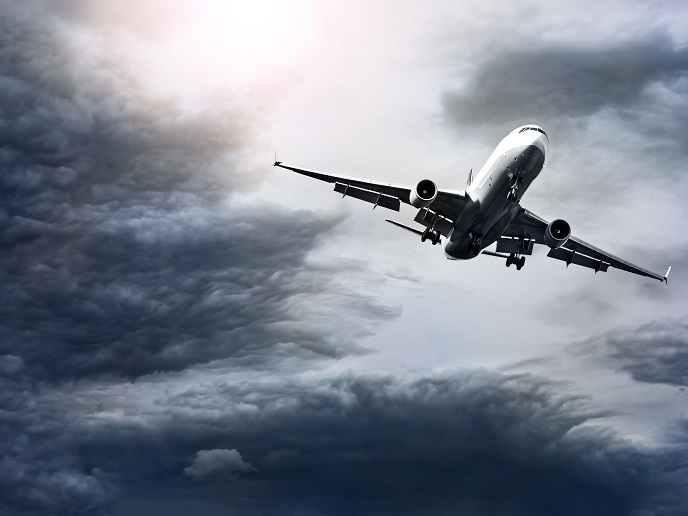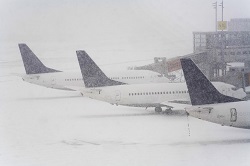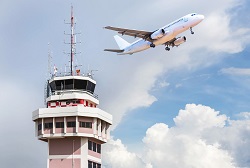Fewer delays and a smoother ride: route optimisation technology improves air transport
Air travel is a significant source of pollution. According to the International Civil Aviation Organization (ICAO), it accounted for 3.6 % of CO2 emissions world-wide in 2017. The volume of air travel is expected to increase a startling 300 % between 2005 and 2050. Consequently, the EU has initiated many projects to improve air traffic management (ATM). The CREATE(opens in new window) project was funded within the framework of the SESAR(opens in new window) Joint Undertaking, a public-private partnership set up to modernise Europe’s ATM system. CREATE studied the impact of weather on aviation and the impact of aviation on the environment. A goal of the project was to apply SESAR principles to develop a software optimisation tool for planning flight trajectories in four dimensions. According to project coordinator Angelo Riccio, CREATE “demonstrated that up-to-date, scientifically sound, accurate data and software tools could be applied in the ATM environment to assess the environmental and climate impacts of aviation.” Developing a fully functional prototype of the proposed solutions required collaboration, the collection of accurate data, and the application of advanced computing platforms.
Working around inclement weather
Climate change manifests in large, global phenomena, and it also influences small, local weather patterns. Unpredictable weather and an increase in adverse weather conditions such as thunderstorms negatively impact aviation. Weather affects the choice of runways, arrival and departure routes, and is the cause for many air travel delays. All of these factors contribute to the negative impact aviation has on the environment. But stormy weather isn’t the only meteorological phenomenon that adds to the negative effects of aviation. Areas where contrails form are also to be avoided because the condensation contributes to the formation of clouds, trapping heat. Evidence(opens in new window) suggests that contrails may be even more detrimental to the environment than CO2 emissions. Climate change has led to an uptick in both these types of meteorological phenomena. Areas where contrails are likely to form and areas where volatile weather is developing make planning flight trajectories a challenging puzzle.
Managing multi-craft manoeuvres
Planning optimal routes for an ever-increasing number of aircraft flying in ever-changing conditions requires sophisticated technology. CREATE developed programming using trajectory-based operations TBO and mapping in four dimensions to deliver a solution. The algorithms CREATE developed allow for real-time adjustments and can be applied to multiple aircraft simultaneously. The optimisation tool reduces environmental impact in the immediate vicinity of airports as well as en route. To achieve these impressive results, each aeroplane in a given vicinity is assigned a number of candidate trajectories (CT). Each CT is given a score related to the trajectory’s impact on the environment. Trajectory selections are determined by looking at the CT scores of all involved aircraft. Next steps in realising the potential of the CREATE project involve evermore accuracy in assessing the impact of emissions, CO2 and otherwise, on the environment. Progress in advanced computing and data collection must go hand in hand. Fully realised, the exciting developments in air traffic control proposed by the project will reduce the impact of aviation on the environment.







